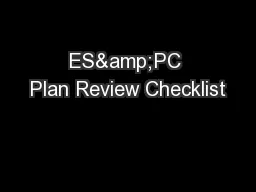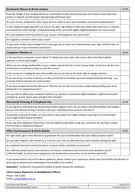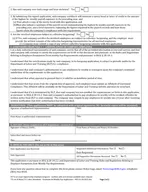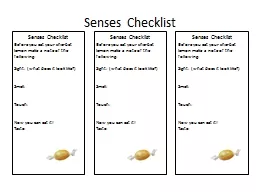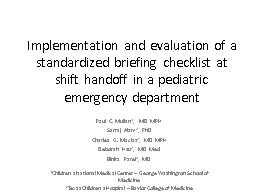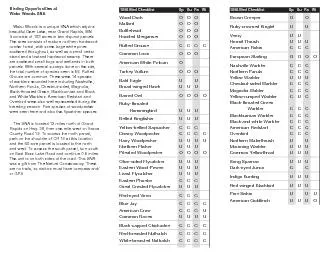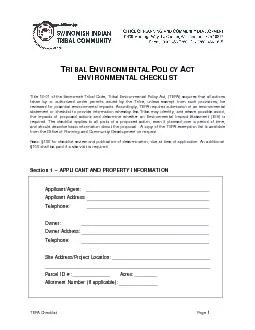PPT-ES&PC Plan Review Checklist
Author : aaron | Published Date : 2018-12-04
Common Development Construction projects January 2018 The applicable Erosion Sedimentation and Pollution Control Plan Checklist established by the Commission as
Presentation Embed Code
Download Presentation
Download Presentation The PPT/PDF document "ES&PC Plan Review Checklist" is the property of its rightful owner. Permission is granted to download and print the materials on this website for personal, non-commercial use only, and to display it on your personal computer provided you do not modify the materials and that you retain all copyright notices contained in the materials. By downloading content from our website, you accept the terms of this agreement.
ES&PC Plan Review Checklist: Transcript
Download Rules Of Document
"ES&PC Plan Review Checklist"The content belongs to its owner. You may download and print it for personal use, without modification, and keep all copyright notices. By downloading, you agree to these terms.
Related Documents

